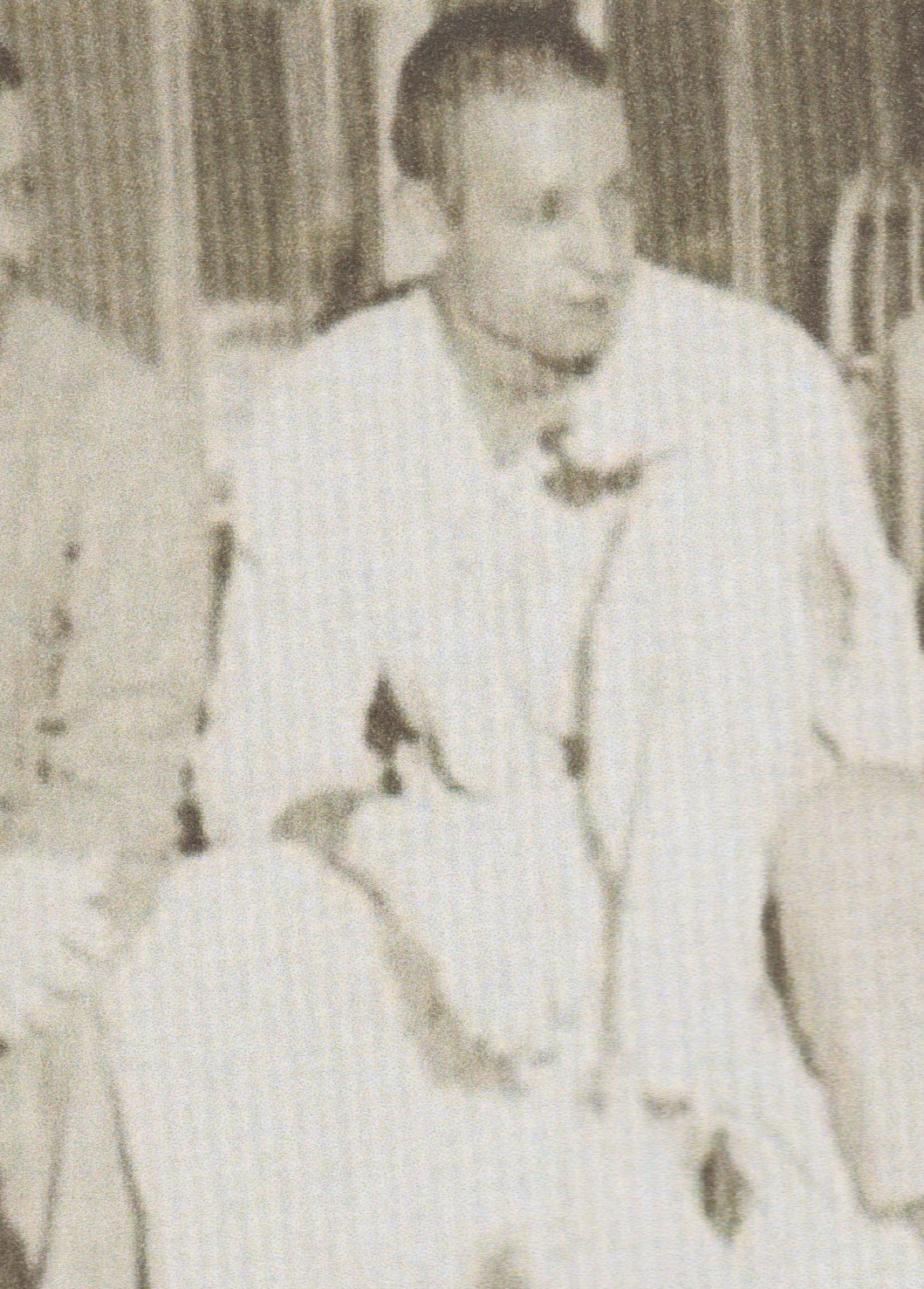SHIELDS-CHARLES
CHARLES SHIELDS

ATAN

SURVIVED BEING SHOT DOWN DURING COLD WAR
Between 1950 and 1970 there were a score of U.S. military aircraft shot down by the Soviet Union in undeclared war. Many of the incidents resulted in fatalities for the U.S. flyers but in June 1955 a Navy plane was shot down in which all eleven crewmembers miraculously survived.
On June 25, 1955, a P2V-5 Neptune, BuNo 131515, assigned to Patrol Squadron Nine (VP-9), departed Kodiak, Alaska, on a routine surveillance patrol. At about 12:15pm the Neptune was flying approximately 40 miles southwest of Saint Lawrence Island in the Bering Strait at 8,000 feet about 100 feet above the clouds. Suddenly an ordnance man announced over the intercom, “I have an aircraft. He’s firing at us.” Almost immediately two Russian MIG fighters swept toward the Neptune from astern, spraying the aircraft with machine gun fire. The pilot saw tracers stream past, immediately dove into the undercast and the attackers were not seen again. Bullets had ripped thru the port wing which started a fire along with the port engine. The fuselage had also been hit. Attempts to extinguish the fire failed, so the port engine was secured and feathered. By this time the pilot had executed a turn, was headed for nearby Saint Lawrence Island and the radio began sending an SOS in the blind. Several crewmen had been wounded in the attack and others administered first aid as others prepared to ditch.
With the left wing still on fire, the Neptune broke out of the overcast at 1,500 feet and headed for a Saint Lawrence Island beach. A wheels up landing was made on the tundra and the Neptune came to a soft-smooth stop with practically no swerve. However, about midway through the slide-out, the bomb-bay gas tank burst into flames sending flash flames throughout the cabin. The fire caused burns to the hands and faces of most of the crewmembers. Immediately after the plane stopped its slide, all eleven crewmembers quickly jumped to the ground and sought refuge in a nearby gully to escape any danger from a possible explosion, which did not occur. The plane was almost completely consumed by the fire.
As the burning plane descended, it was observed by natives in the nearby village of Gambell. Natives quickly rushed toward the crash site and within an hour arrived with medical and rescue equipment, and even the public health nurse from the village. The crew was quickly evacuated to the village where additional treatment was administered. Although two of the man had escaped injuries, several received gunshot wounds, one received a back strain, one fractured an arm, one had fractured his leg, and eight had burns on their hands and faces. The following day an Air Force C-47 arrived at the Gambell airstrip and took the crew to Anchorage were seven of the men were hospitalized at Elmendorf Hospital and four men returned to Kodiak. The subsequent incident report contained the sentence, “The factor contributing to the very efficient handling of the entire situation was the quality of the training of the crew and their ability to use it when needed most.”
ATAN Charles Shields was one of the two technician crew members on this remarkable flight. Historical records report he was from Lawson, Michigan, and during the landing he suffered burns to both hands and his face. Thus, Shields was one of seven crewmembers hospitalized at Elmendorf Air Force Hospital in Anchorage. In response to a U.S. diplomatic protest, the USSR eventually responded by paying about $360,000, the first such payment ever made by the Soviets for any Cold War shootdown incident. Several crewmembers received modest financial compensation for their injuries, but the amount paid to ATAN Shields is unknown.
Submitted by CDR Roy A. Mosteller, USNR (Ret)

